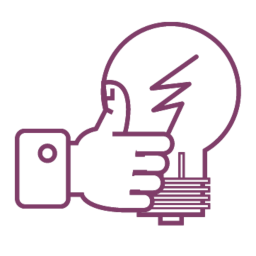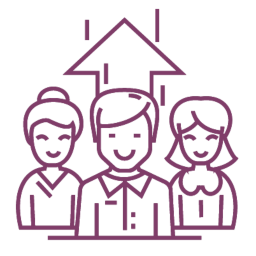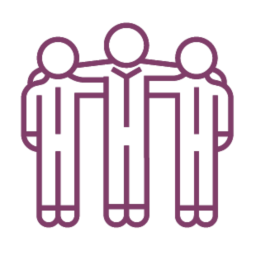Read or Hear the Latest Blog Posts

With Widespread Use of AI, Is a Degree Still Worthwhile?
With more widespread use of AI seeming like an entrenched pattern in many industries and workplaces, is a university degree still worthwhile? Given the sheer cost, it’s reasonable to question and re-evaluate the value of a traditional university degree.

Navigating Challenges: Cultivating Resilience in Leadership
In the realm of leadership, a constant you can count on is the barrage of challenges and crises that will test your resolve and resilience. There are moments when uncertainty seems to be the only sure thing – affecting everything from our personal lives to the global stage – the circumstances we must navigate are fraught with volatility, demanding more from leaders than just strategic insight.

Unbossing in Leadership: Unlocking Potential and Navigating Limits
You may have noticed that the traditional top-down leadership model is being scrutinized and, in some cases, replaced by more flexible, more cost-effective, and potentially more democratic approaches. One such emerging style is ‘unbossing,’ which emphasizes autonomy, empowerment, and a flatter organizational structure with less hierarchy – typically fewer middle managers.
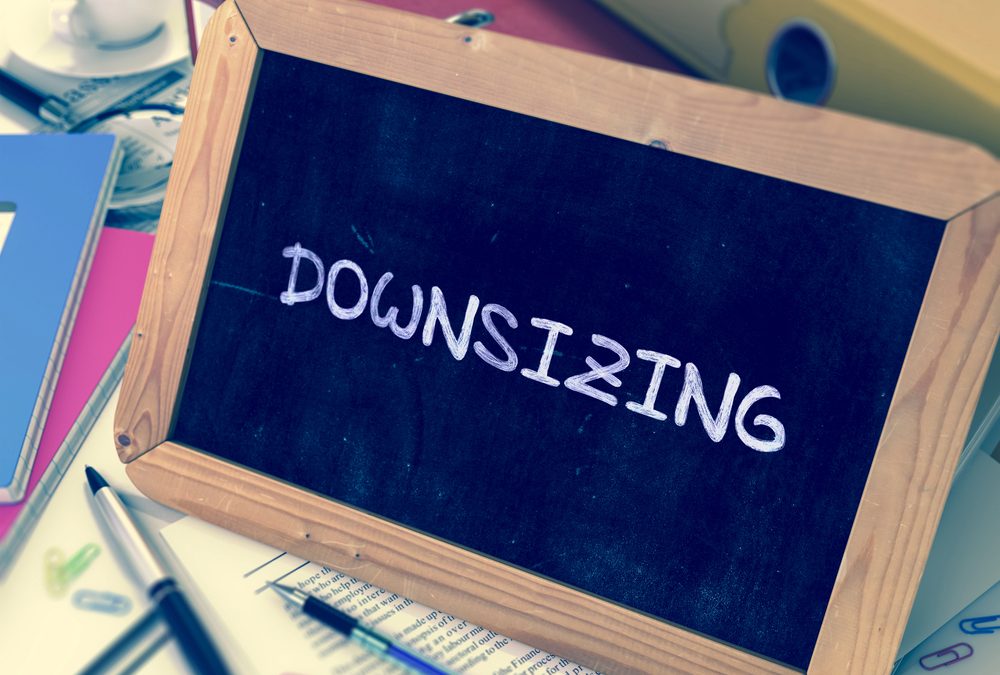
Becoming Ready for Potential Downsizing
The dread of potential downsizing looms over many workplaces, particularly in volatile times. Whether driven by economic downturns, technological changes, or strategic shifts, organizations may need to reduce their workforce to survive while remaining operational. Naturally, the fear of potential job loss can create a tense and uncertain atmosphere among employees. However, preparing effectively for such an eventuality can diminish your anxiety and position you to manage the potential transition smoothly.

What Does It Mean to Demonstrate Authentic Leadership?
Inexperienced leaders must recognize the difference between playing the “character” of what they think a leader should be and what authentic leadership is. This requires self-reflection and intentionally developing a genuine leadership style based on their own strengths, values, and a keen understanding of the team’s dynamics. Otherwise, their approach will seem hollow or one-sided and come across as inauthentic.

Including Gen Z, four generations in the workplace. What’s the secret to making it work?
In today’s dynamic workplace, organizations are navigating a unique era in which the workforce spans four distinct generations Baby Boomers, Generation X, Millennials, to the emerging Generation Z or “Gen-Z.” With each generation bringing its own set of values, skills, and work styles to the table, building an effective, cohesive multigenerational team presents opportunities and challenges.
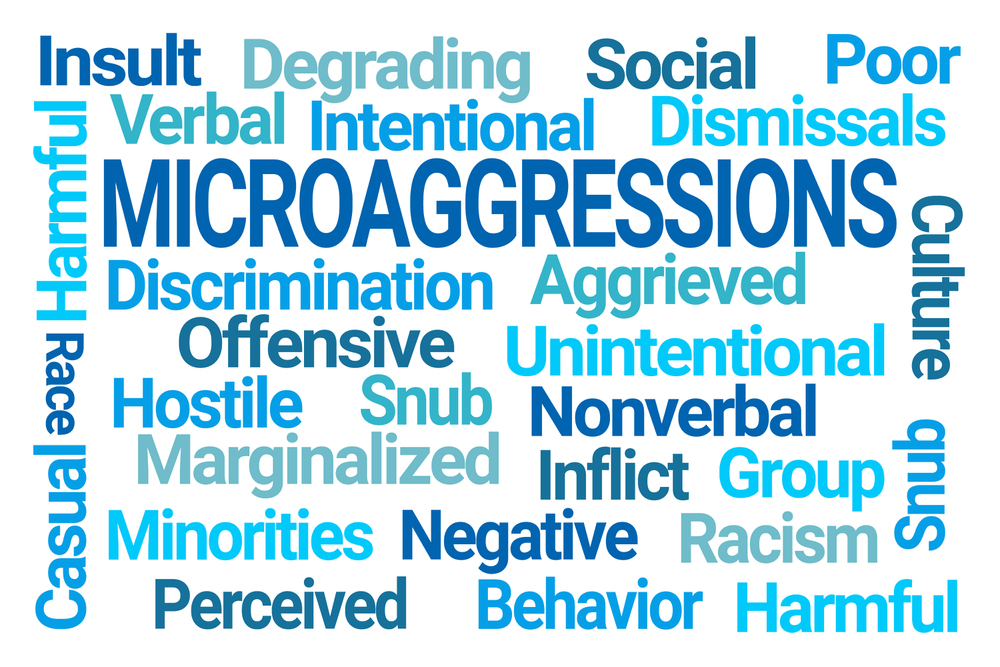
Exploring the Consequences of Microaggressions in the Workplace
During past training sessions, I’ve provided empirical and concrete examples of how discrimination and microaggressions can hurt more than the intended victims. Here, I’ll share one clear example, inspired by a recent TV interview, of how microaggressions and chronic mistreatment can impair retention and hurt the majority.

Dealing with Professional Setbacks
Professional setbacks and disappointments are an inevitable part of any career journey. Setbacks come in various forms, whether it’s missing out on a promotion, being laid off, dealing with the fallout associated with a failed project, or enduring systemic barriers.

